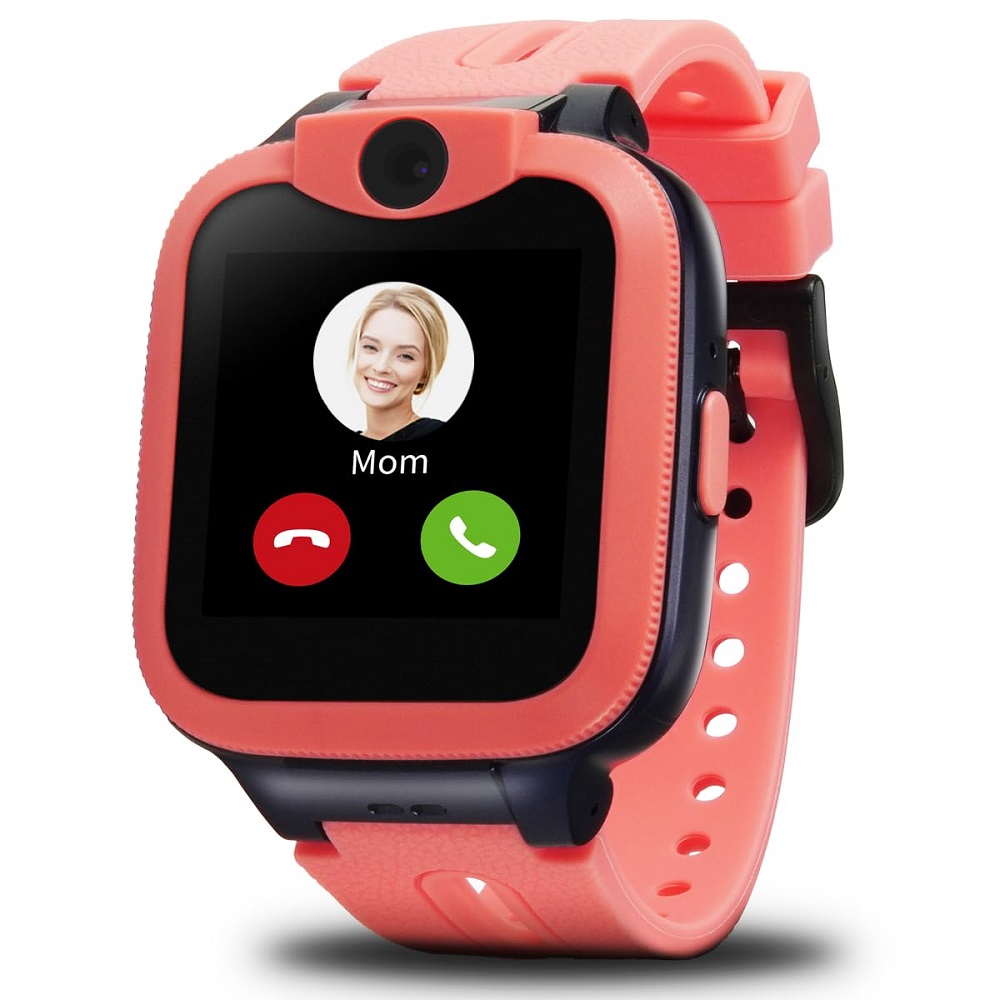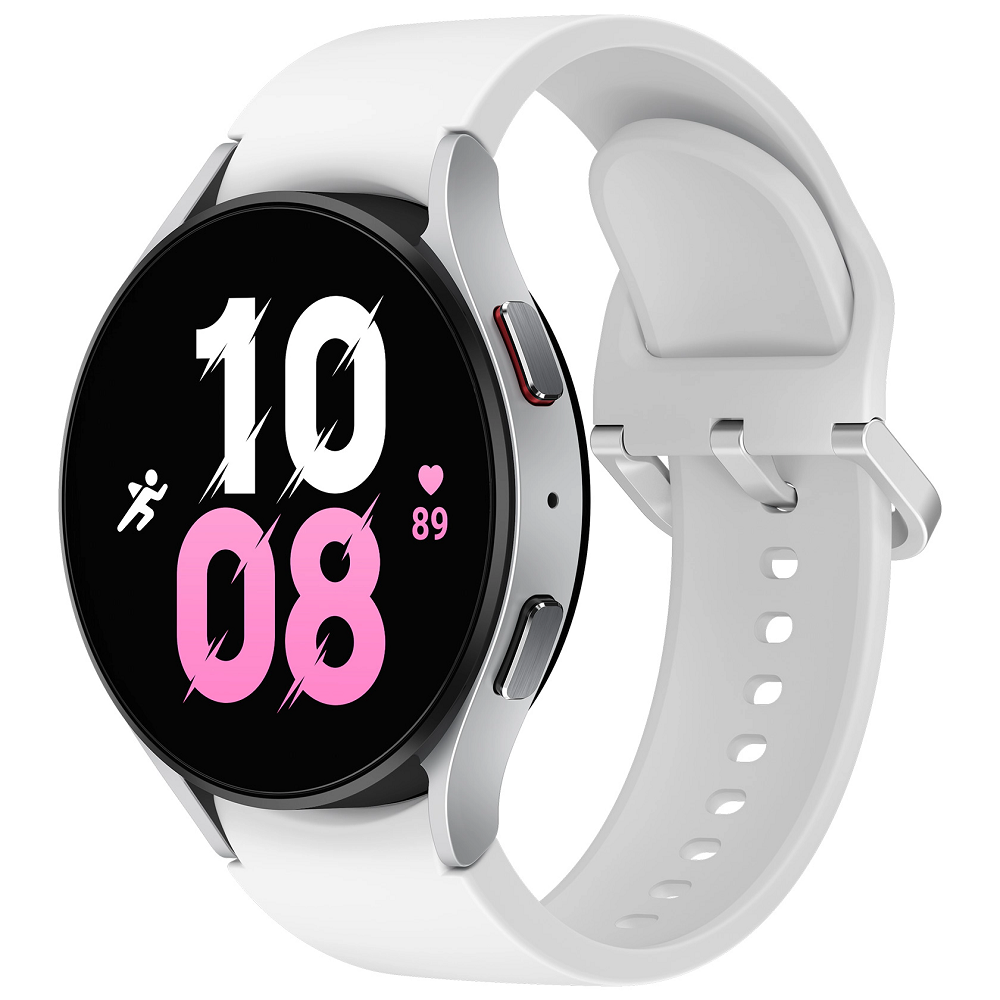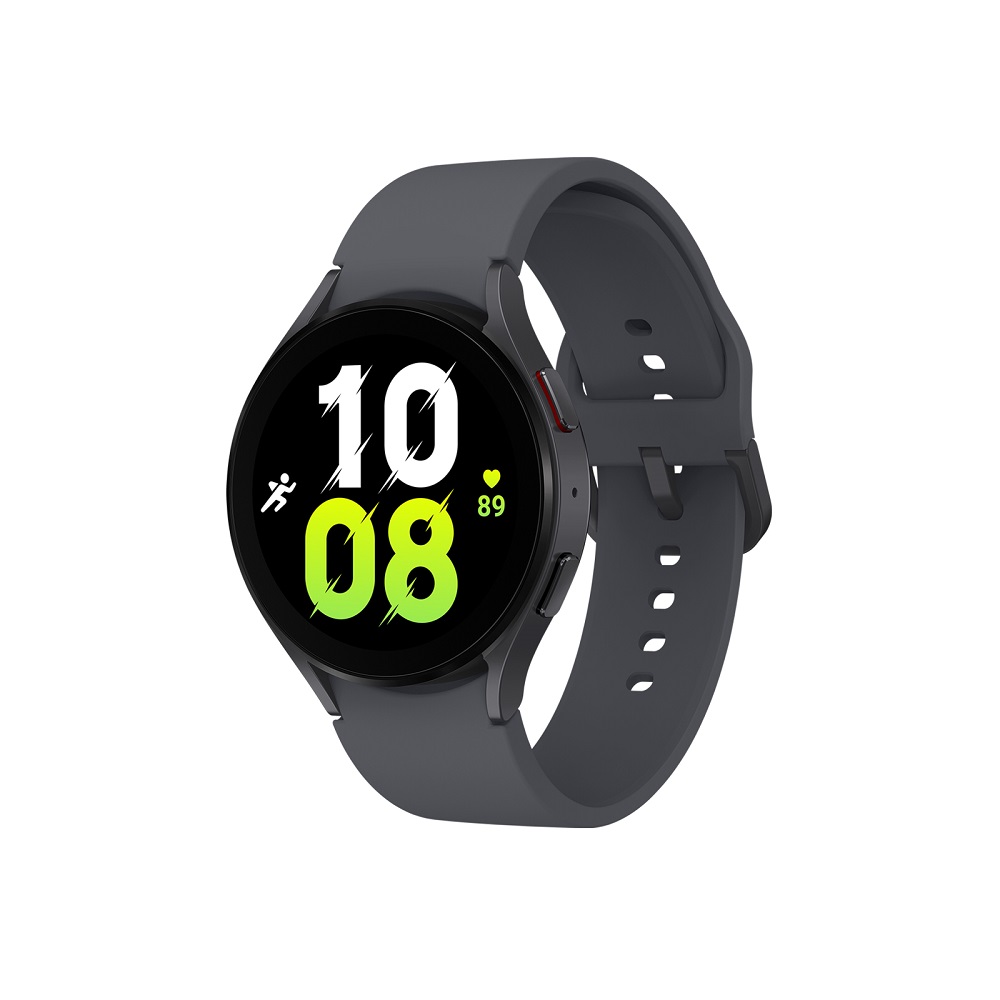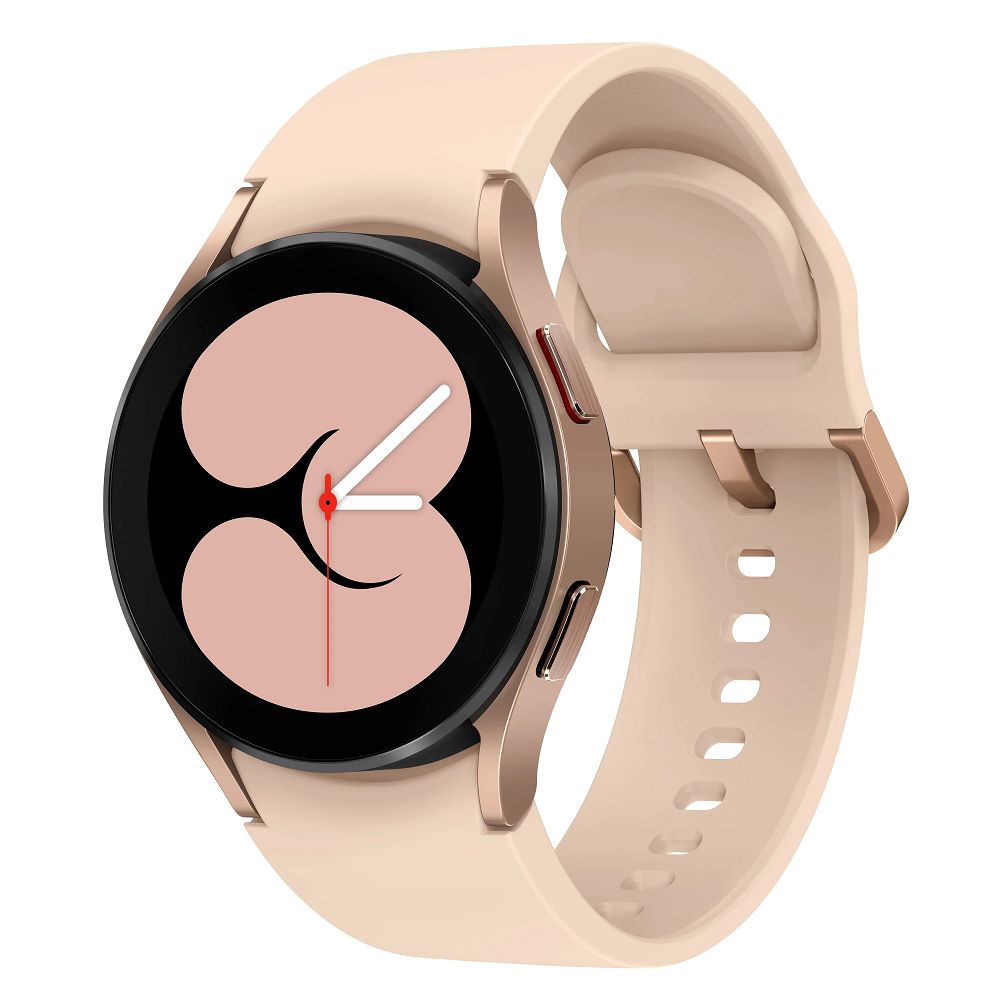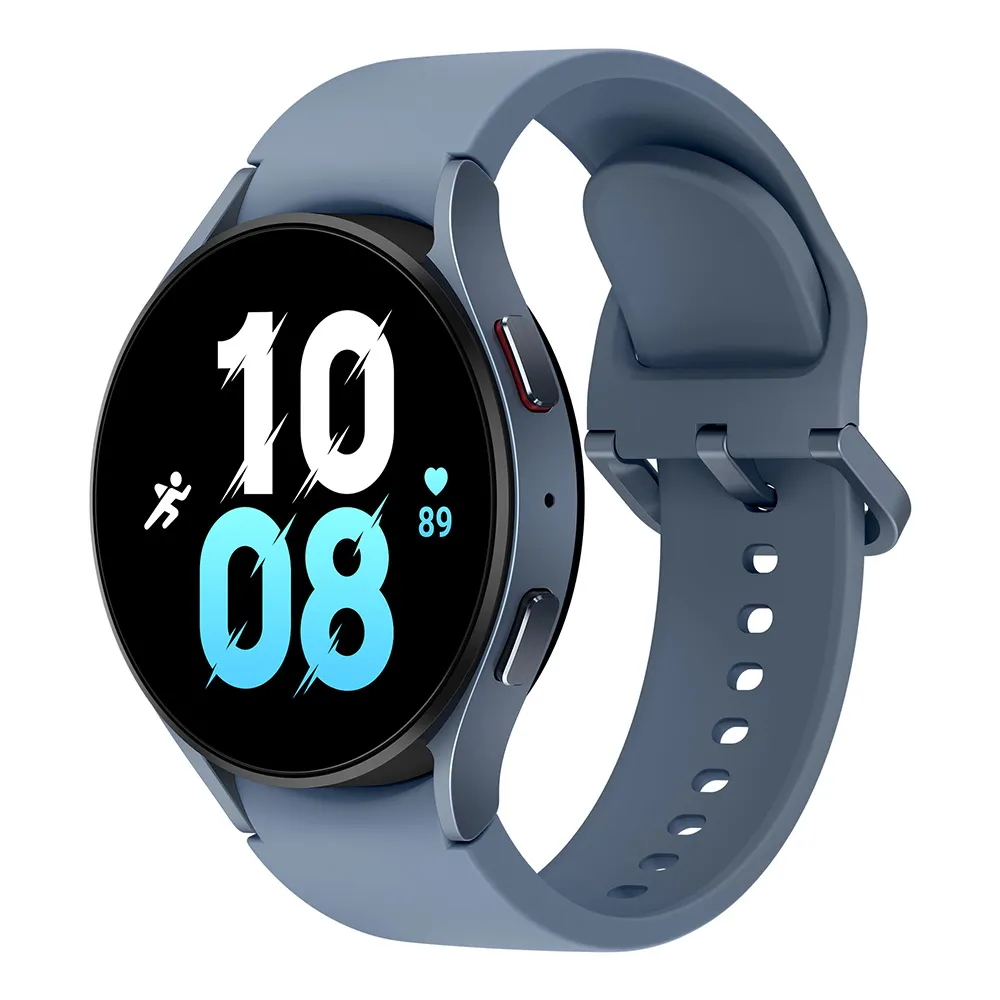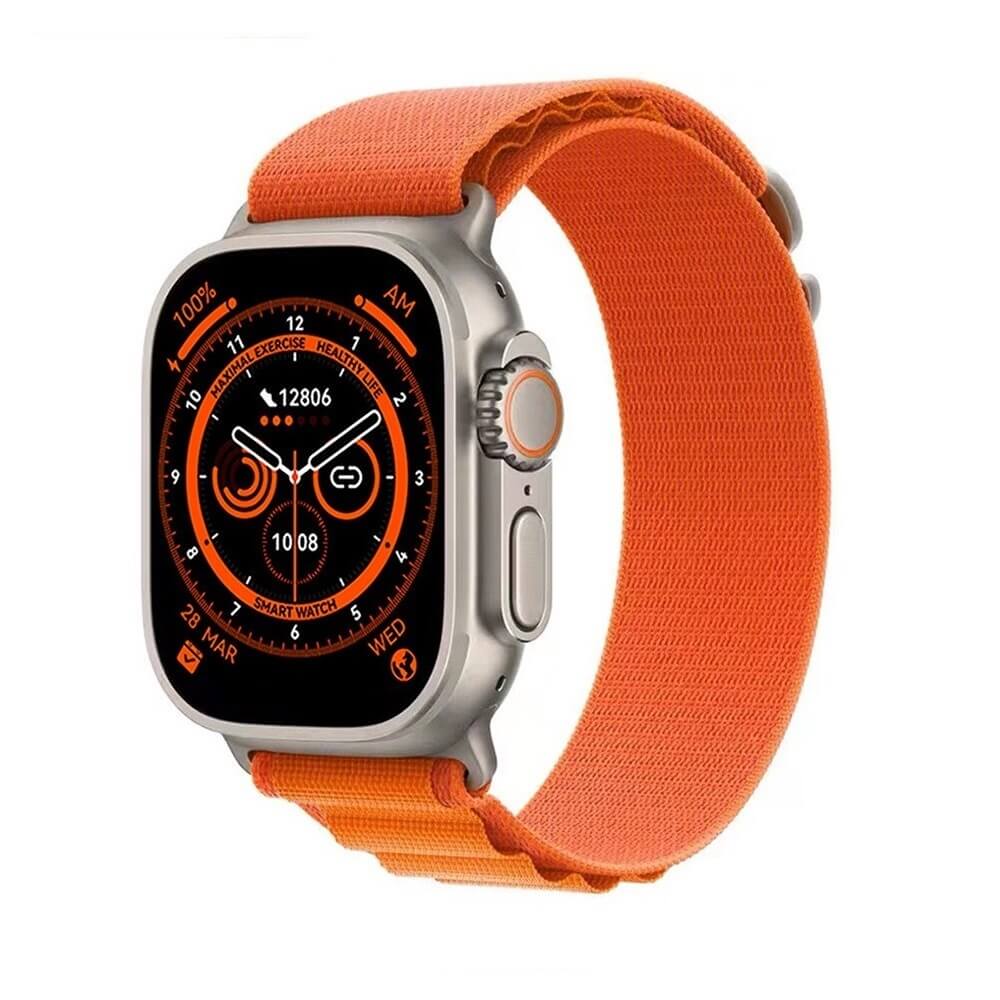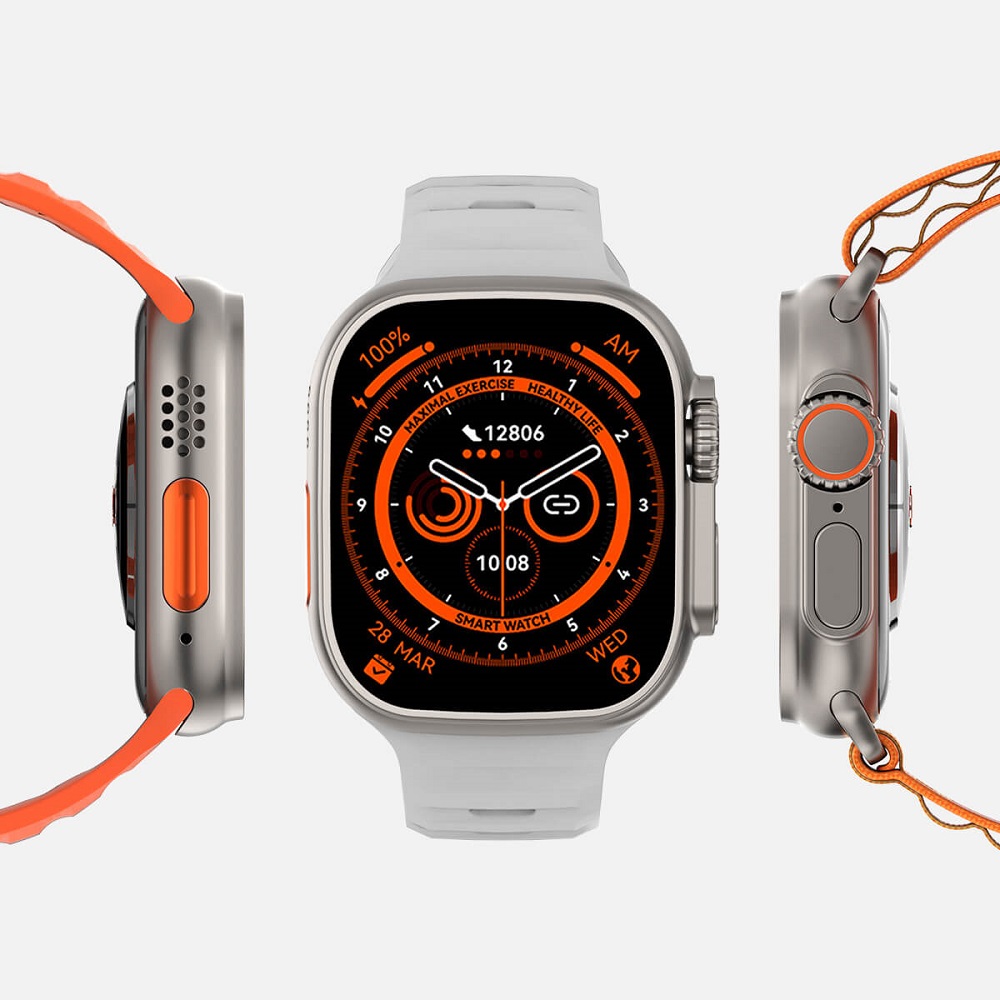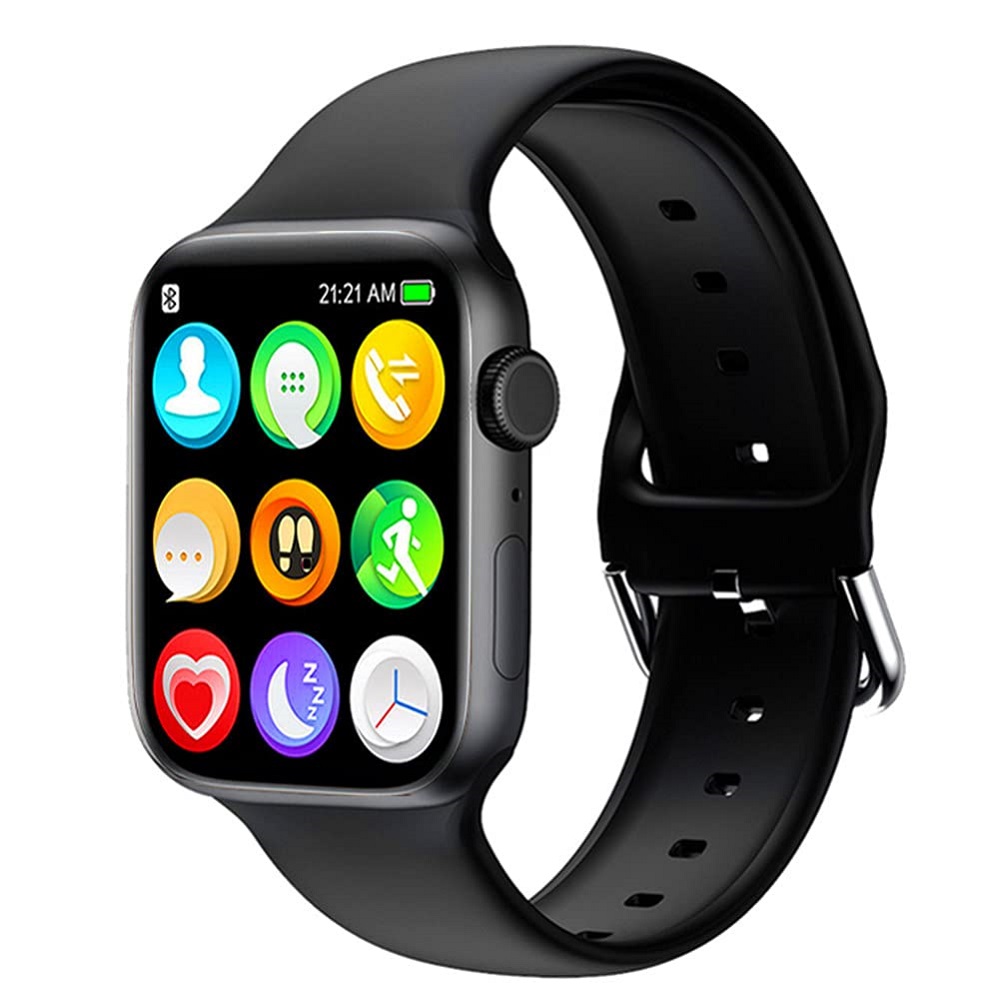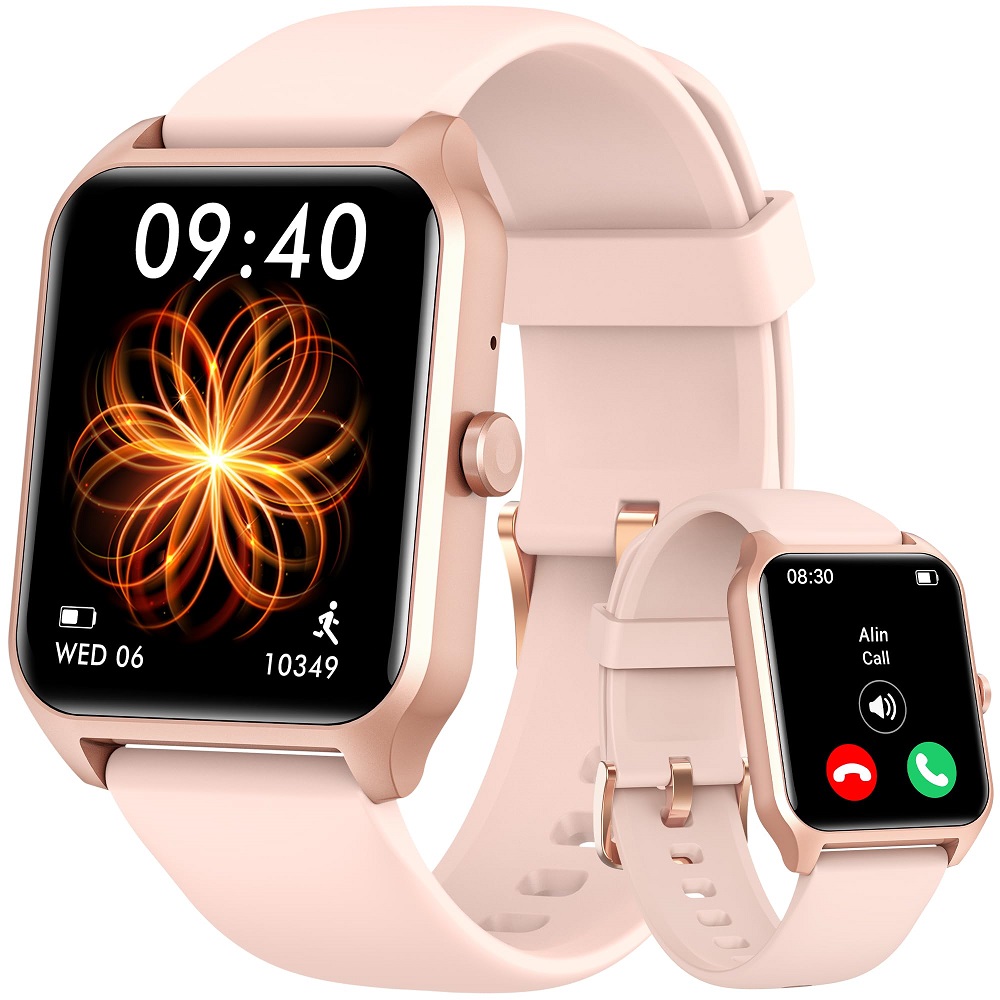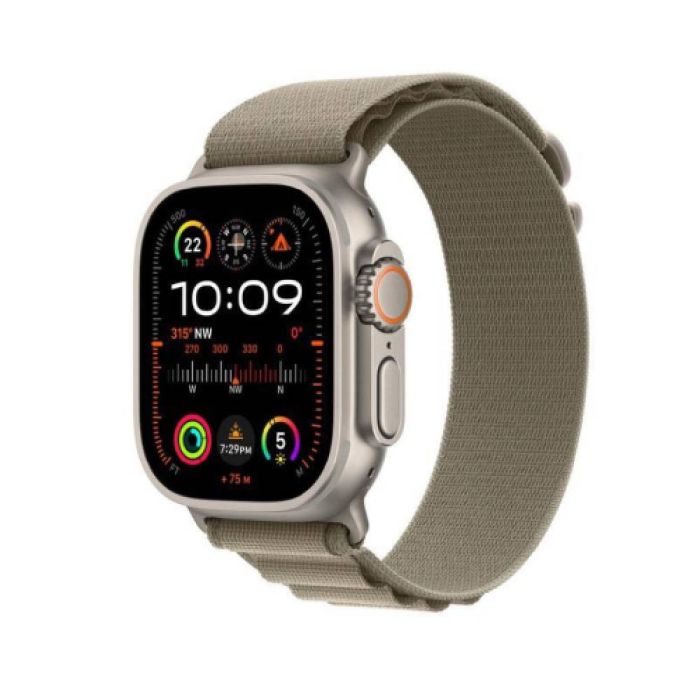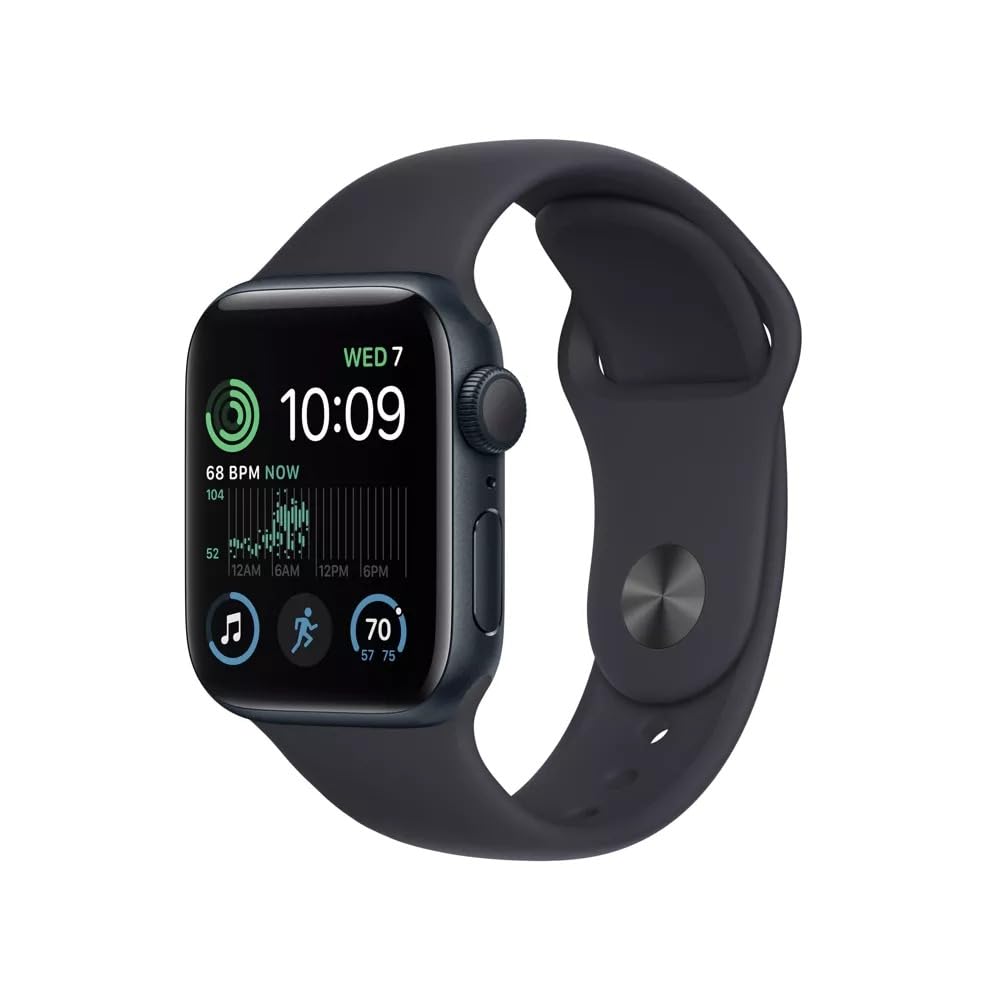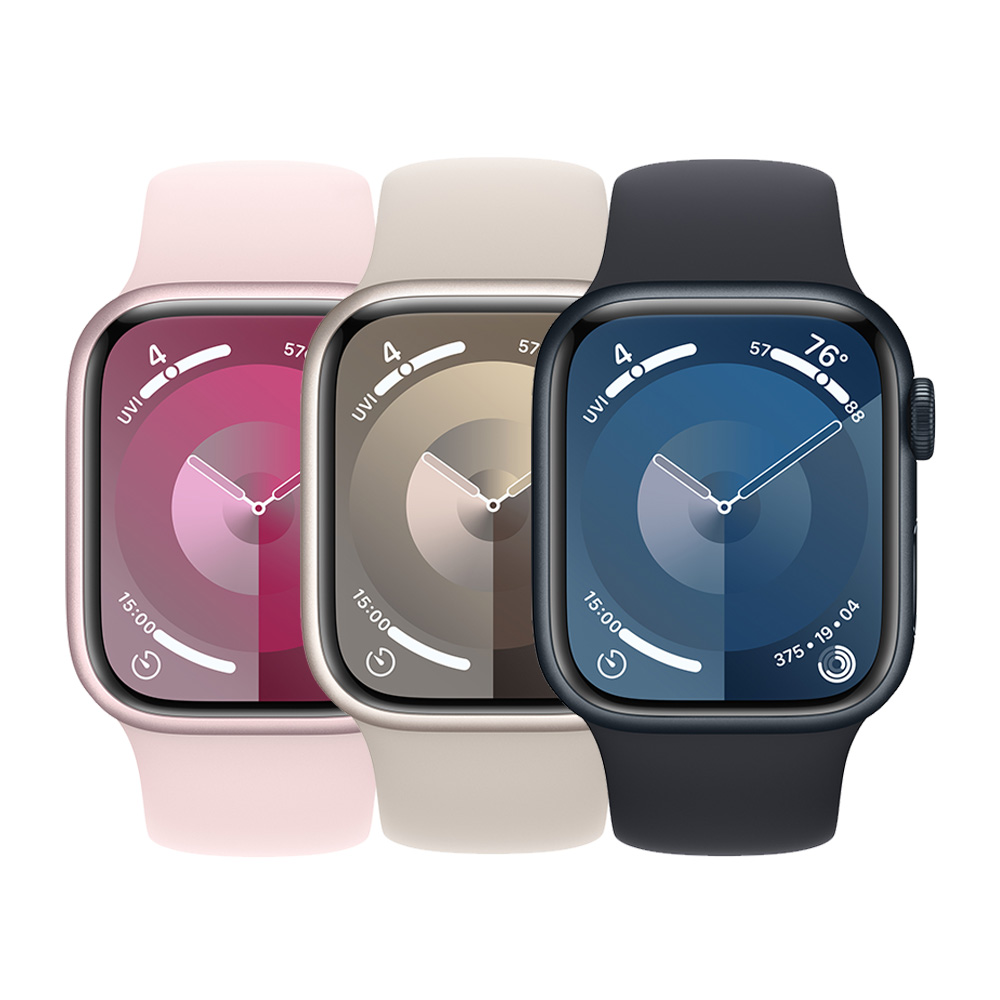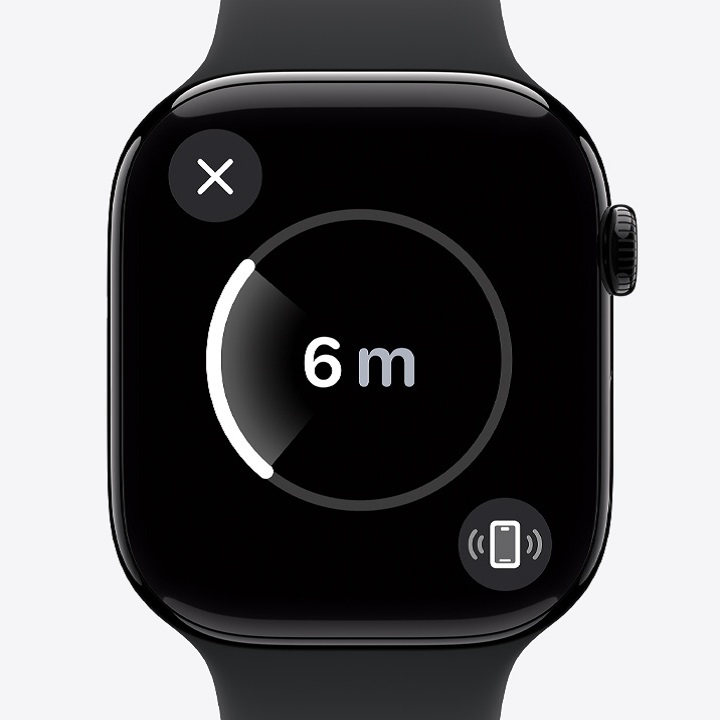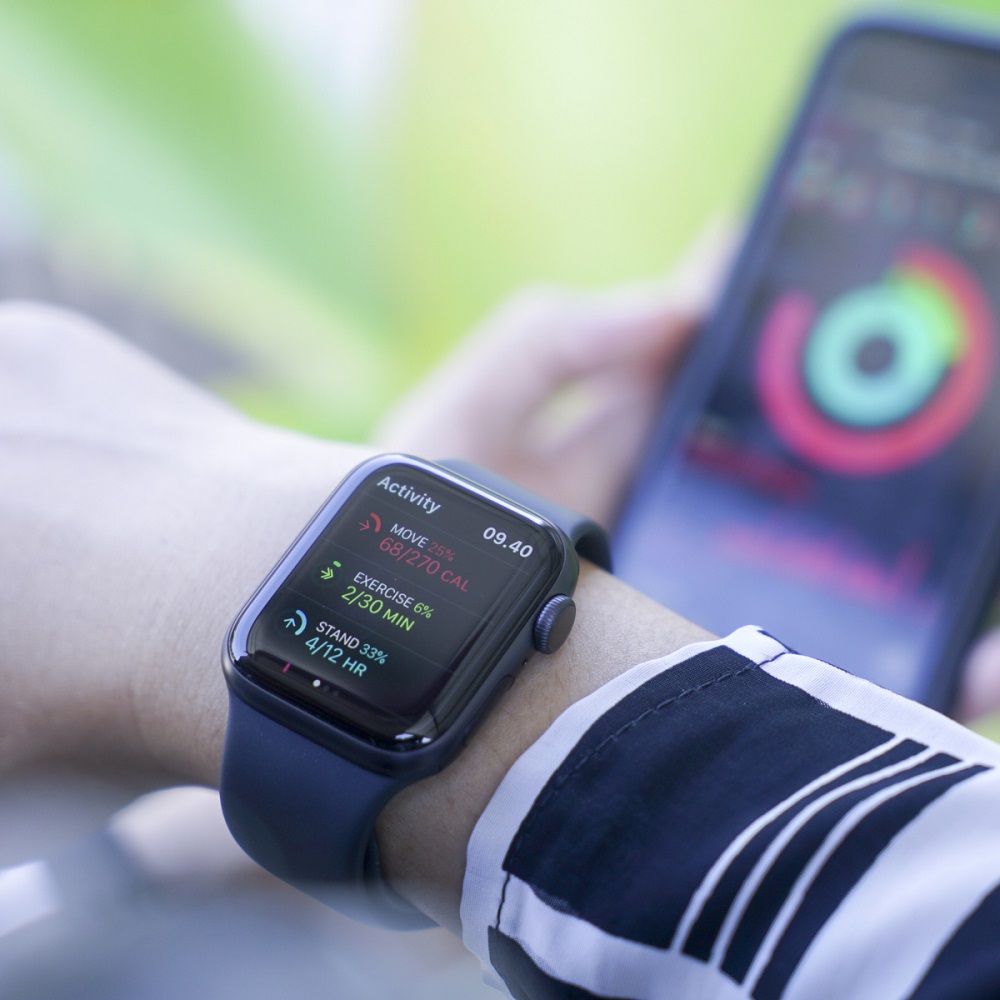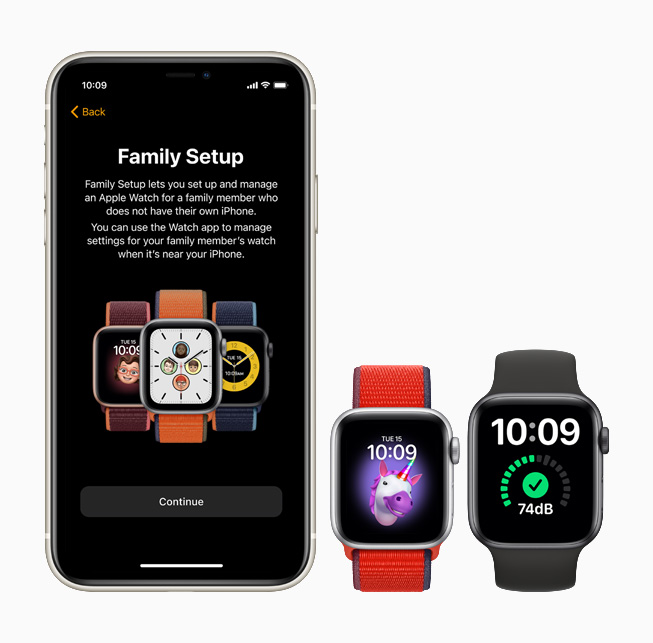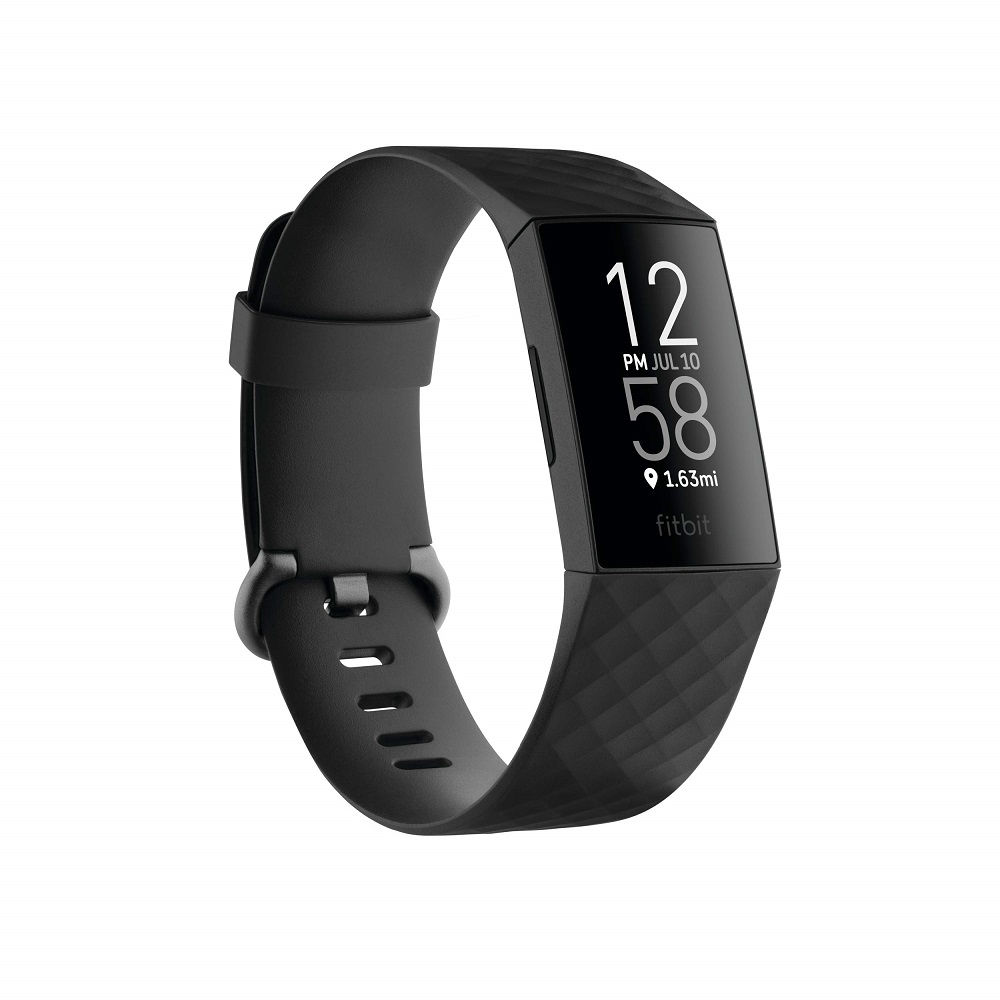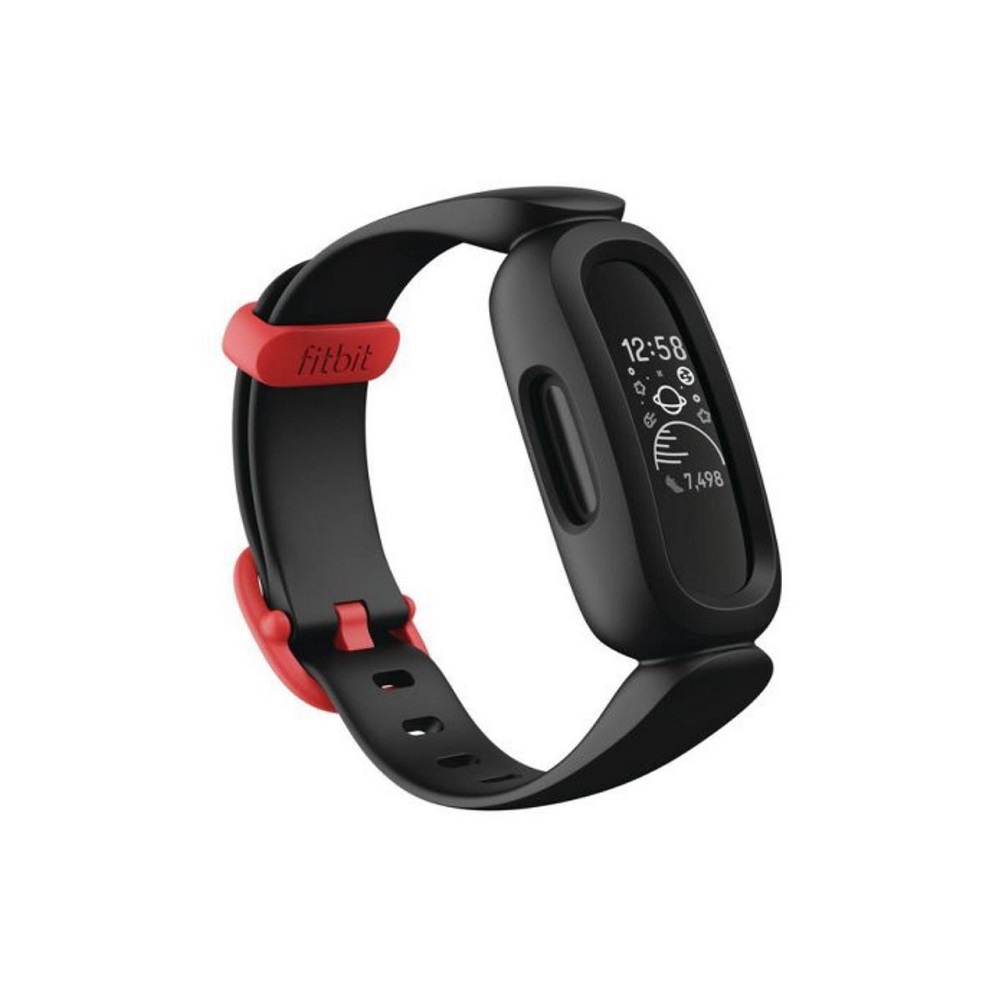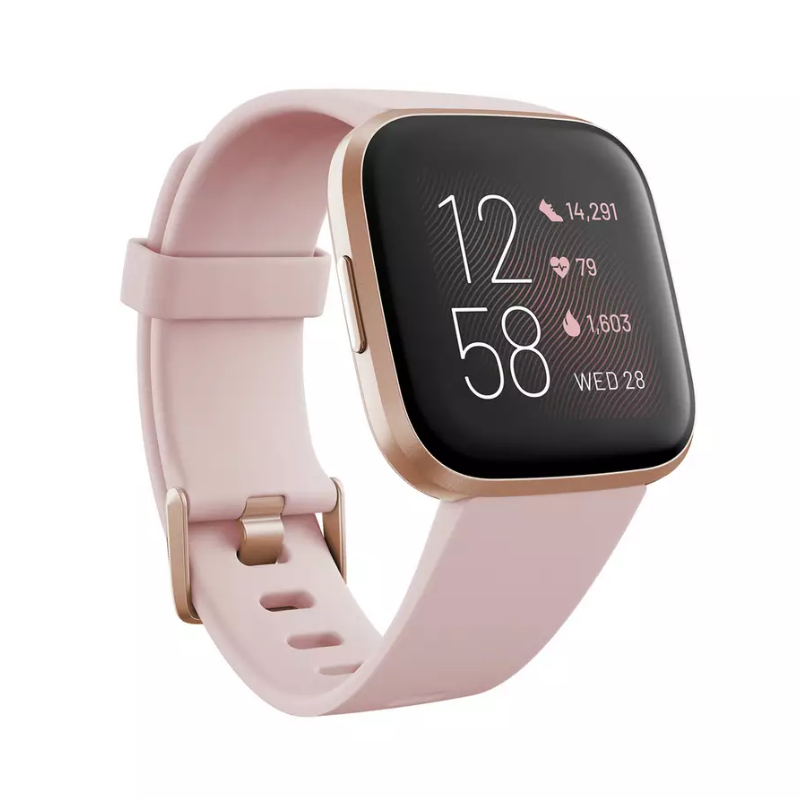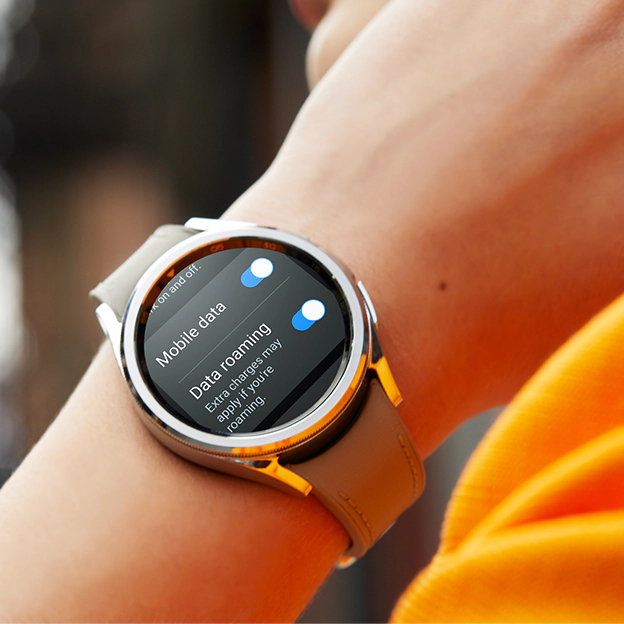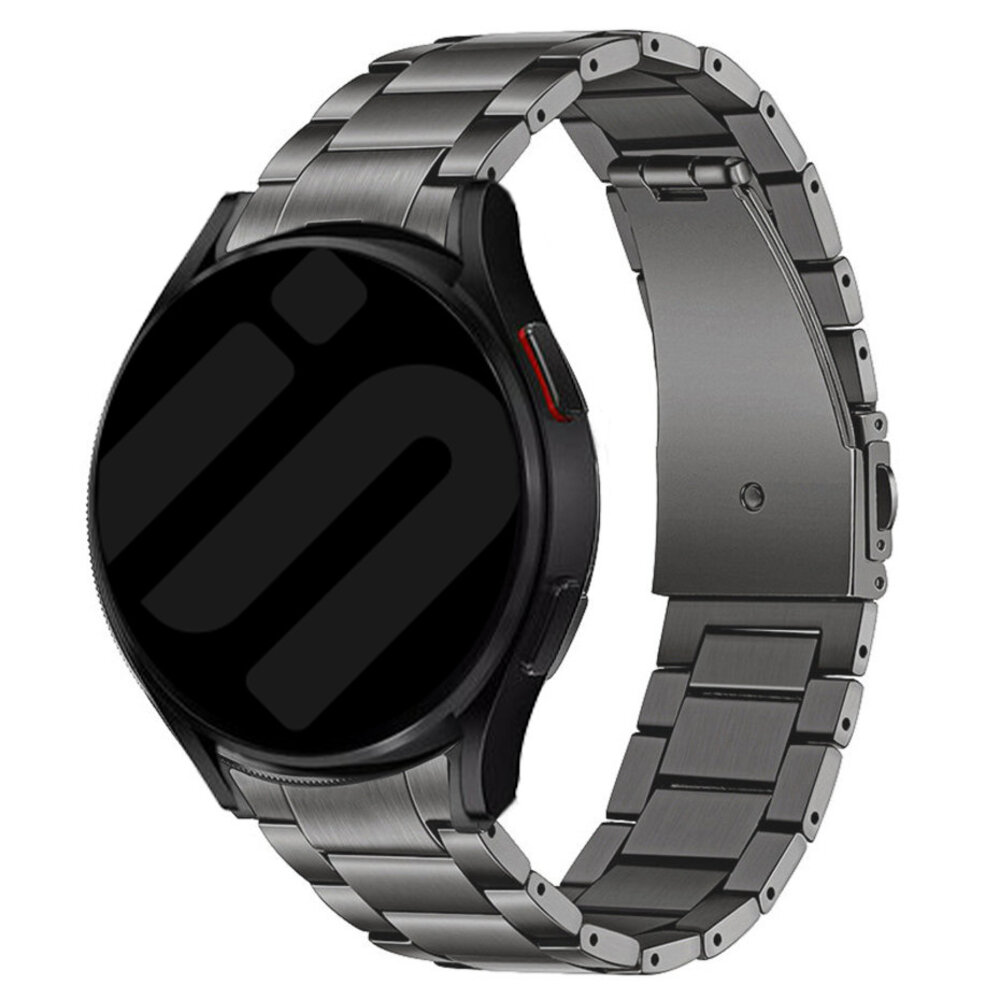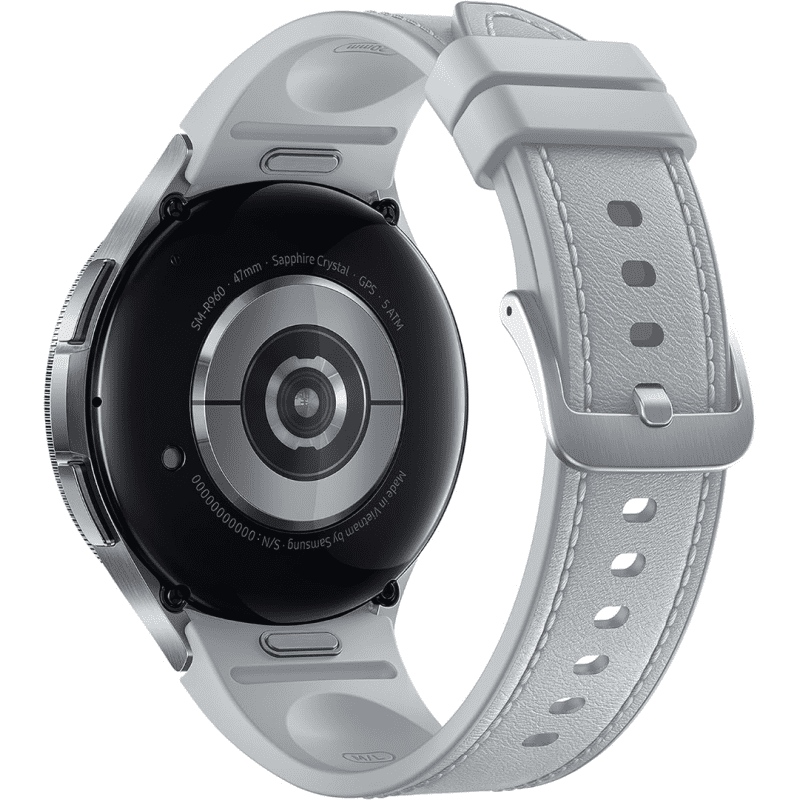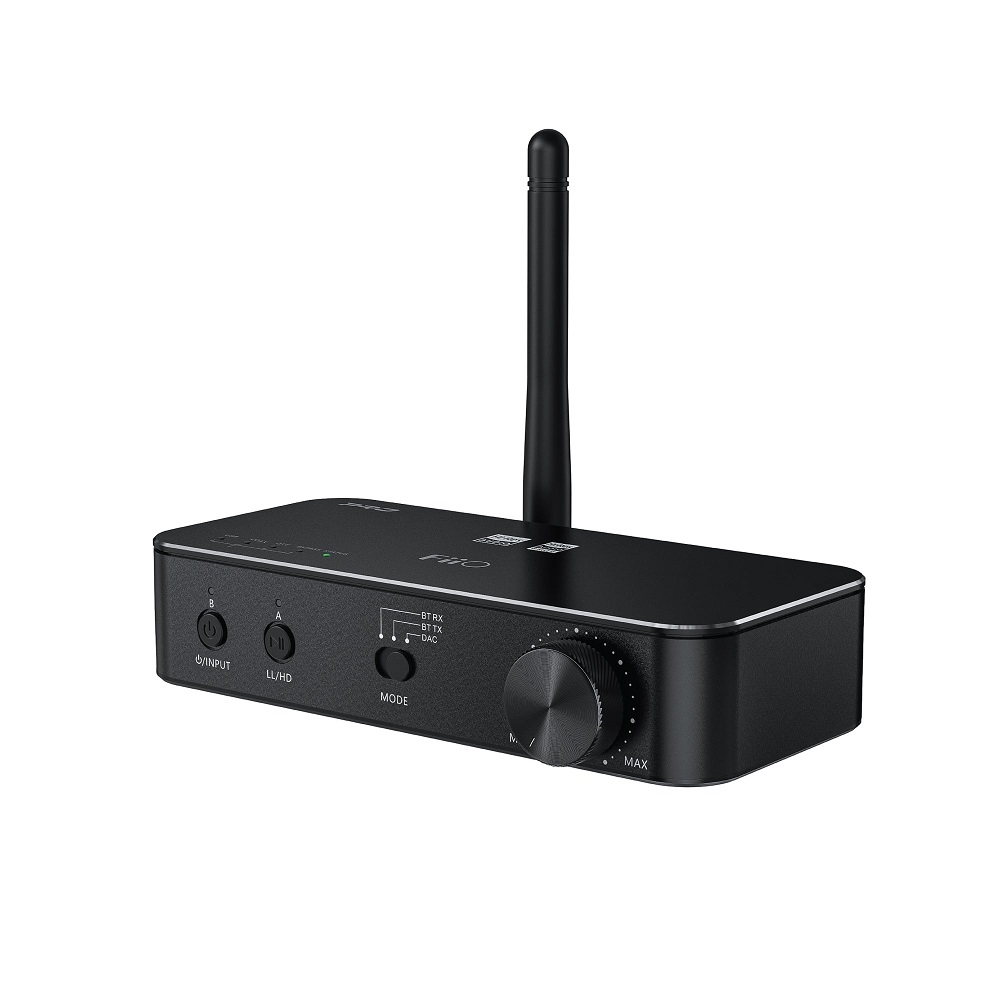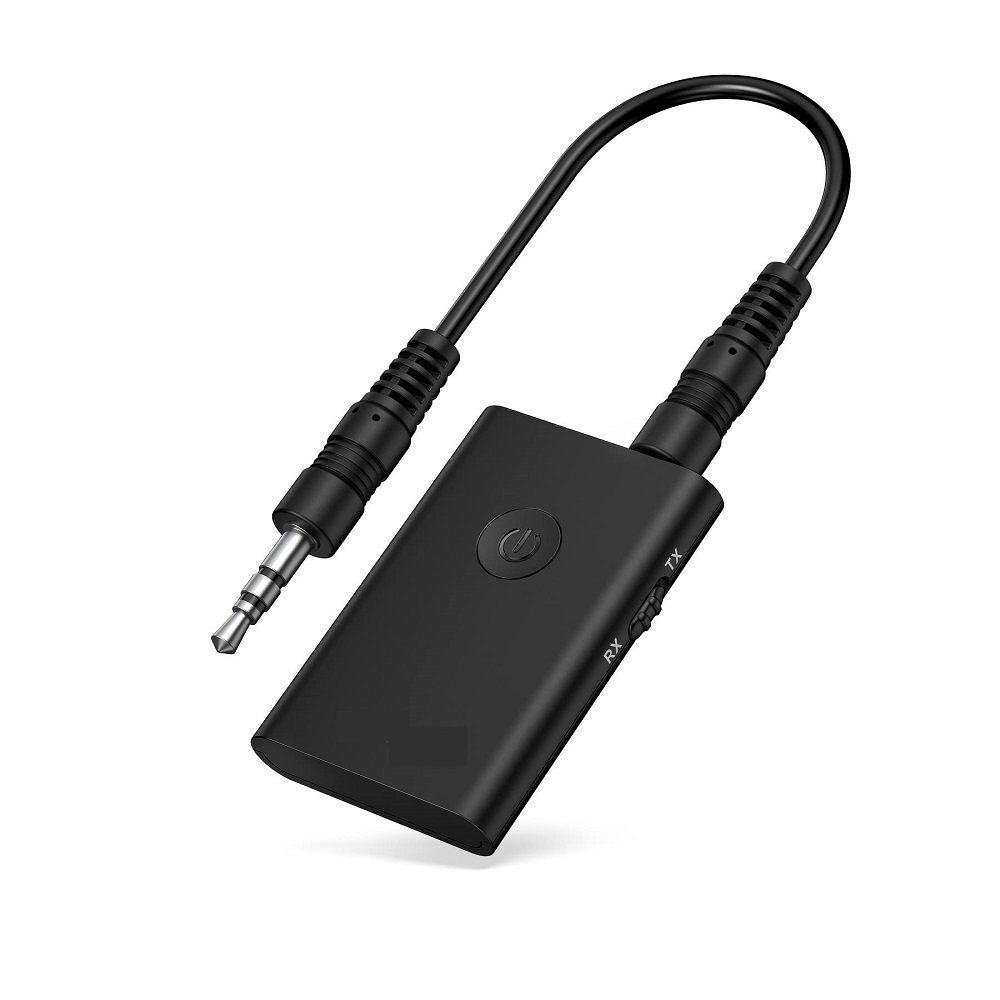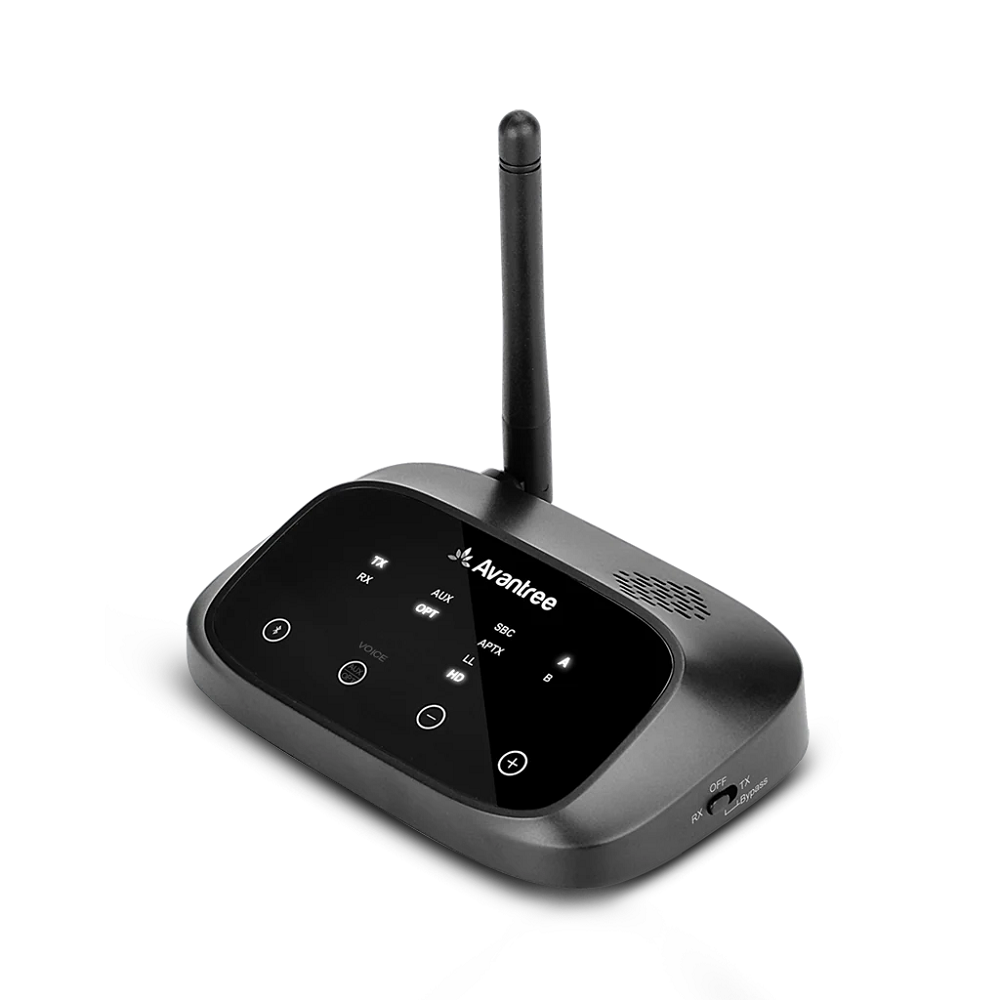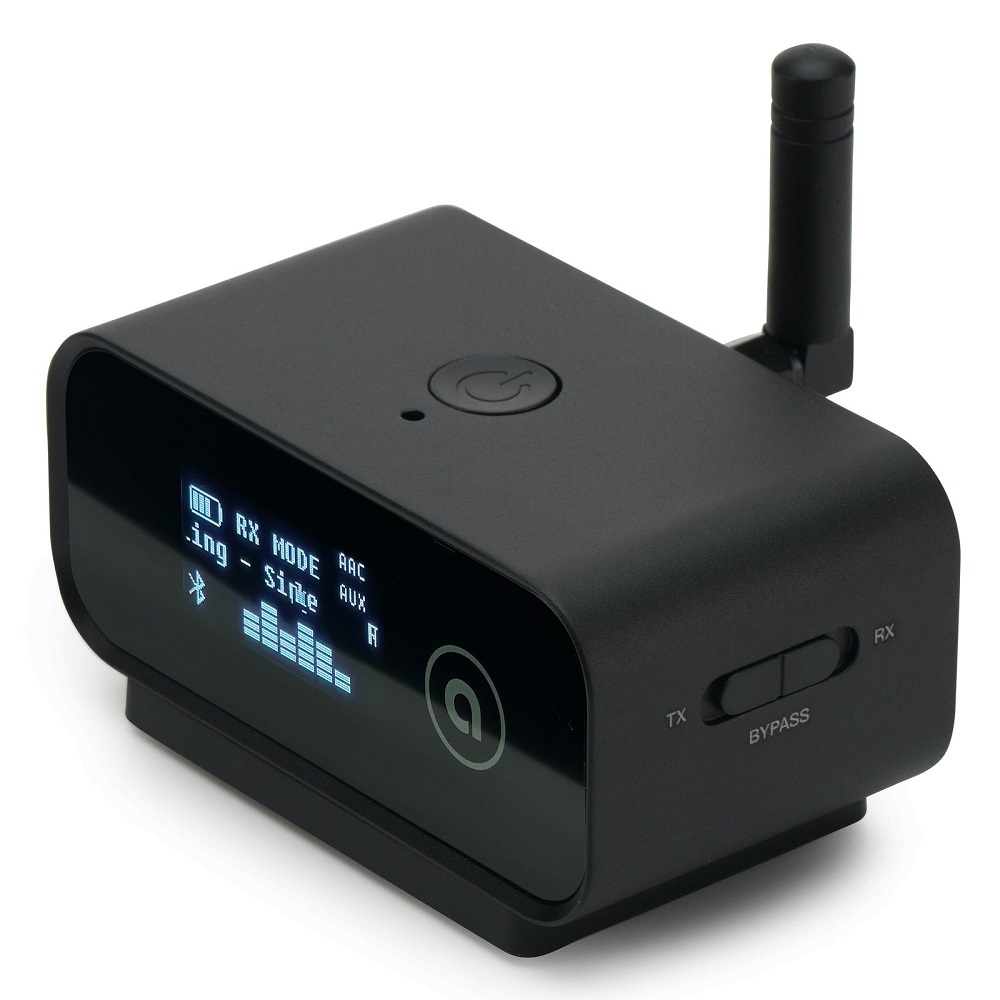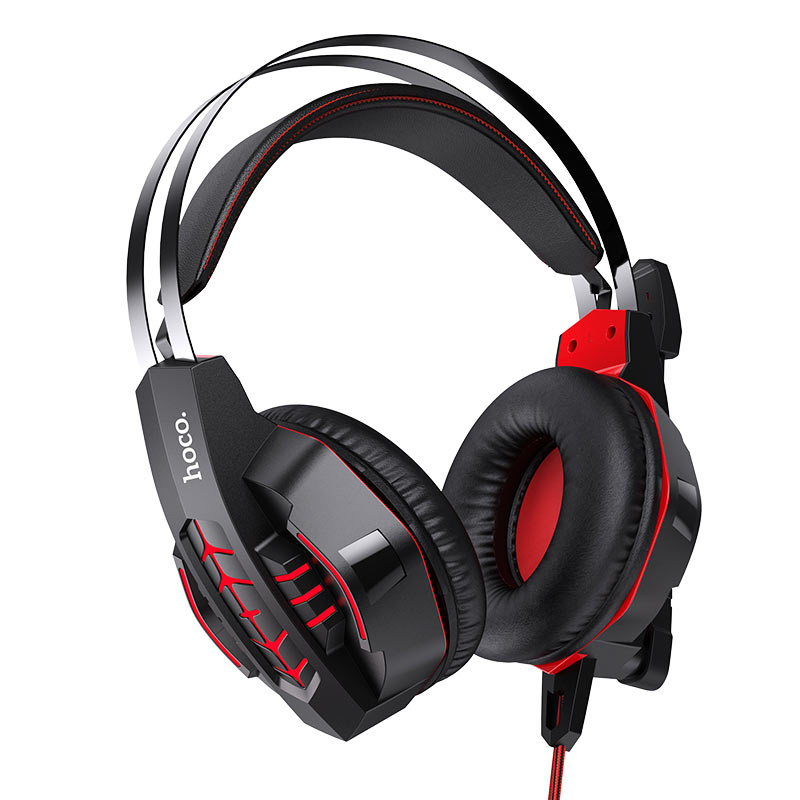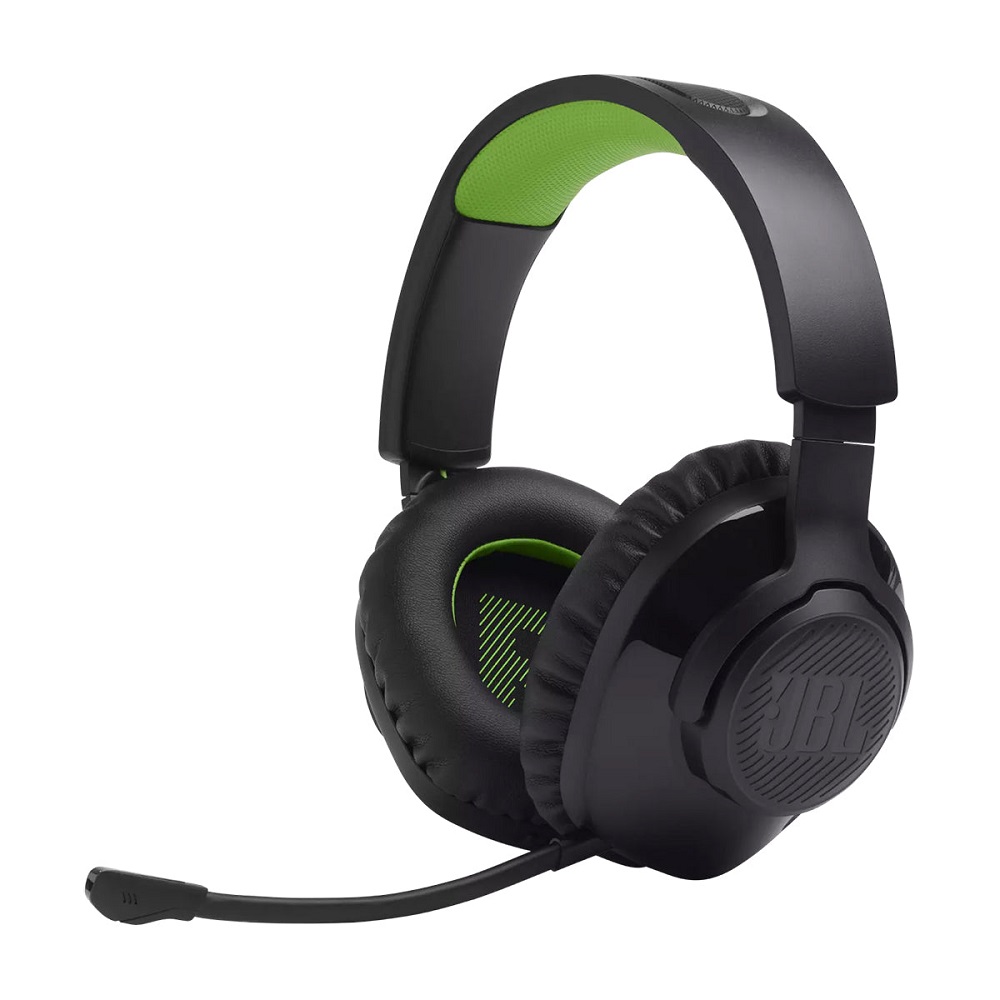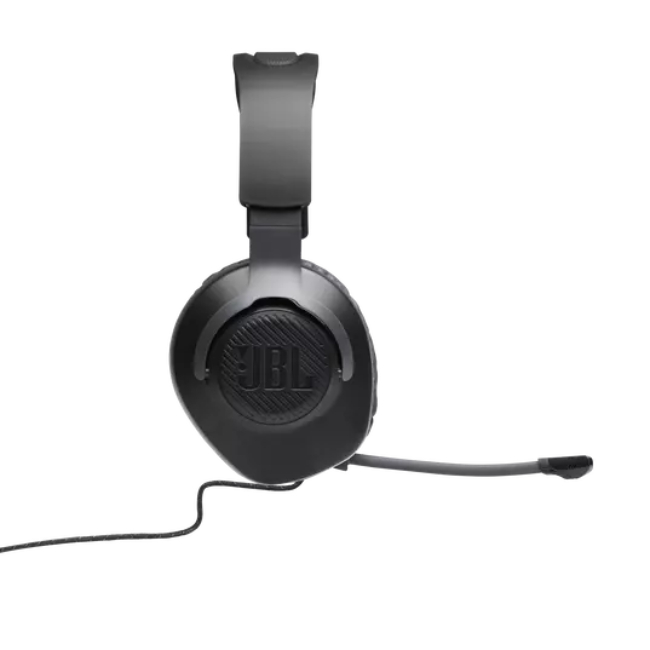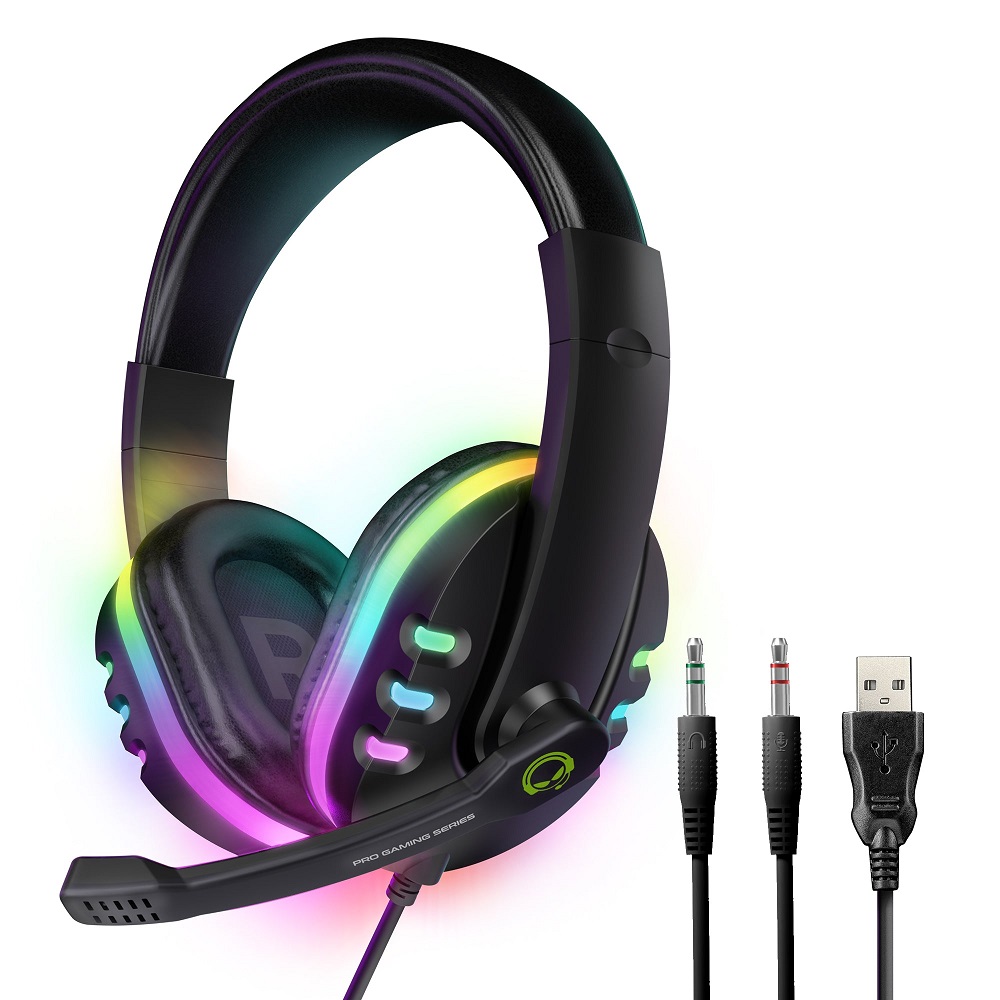Guide to Choosing a Kid Watch Phone in 2024
Essential Features to Consider in a Kid Watch Phone
When picking a kid watch phone in 2024, certain features are must-haves. These core features will ensure both your peace of mind and your child’s enjoyment. Here are the key aspects to look for:
Durability and Water Resistance
Kids are active and may not always be careful with their gadgets. A kid watch phone should be able to withstand bumps, drops, and scrapes. Water resistance is also crucial, as it protects the device from rain or any accidental splashes.
Simple Interface
The device must be user-friendly. A simple interface with big icons and easy navigation lets kids handle their watch phones with ease. It should be intuitive so that they can learn to use it quickly.
Calling and Messaging
Communication is key. Ensure the watch phone has calling and messaging capabilities. Your kid should be able to contact predefined numbers in case of an emergency.
Long Battery Life
Long battery life is vital. The kid watch phone should last at least a full day on a single charge, so your child stays connected.
SOS Emergency Button
An SOS button is a critical safety feature. It allows children to send an instant alert to their parents if they’re in trouble.
By focusing on these essential features, you will find a reliable kid watch phone that serves its purpose well. Remember, the goal is security for you and convenience for your child.

Safety and Security Functions of Kid Watch Phones
When selecting a kid watch phone, safety is paramount. Modern devices offer advanced security functions. Here’s what to look for:
Real-time Location Tracking
Choose a phone with real-time GPS. It lets you monitor your child’s whereabouts.
Geo-fencing Alerts
Geo-fencing allows setting safe zones. You get alerts if your kid leaves these areas.
Remote Monitoring
Some models let you listen in. This can be reassuring in uncertain situations.
Data Encryption
Pick a watch that protects personal data. Encryption prevents unauthorized access.
Safe Zone Notifications
A great feature is when the watch sends a notification once your kid reaches predefined safe places, like school or home.
Remember, safety features should be robust but not invasive. A balance ensures your child’s freedom while maintaining your peace of mind. Always involve them in the conversation about the safety features to help them understand their importance and to foster responsible usage.
Comparing Battery Life and Durability
Comparing the battery life and durability of a kid watch phone is key to making a wise purchase. When reviewing different models, you should focus on how long the device can operate before needing a recharge. Look for a kid watch phone that boasts at least 24 hours of battery life. This ensures that your child’s phone won’t die during the day and they remain reachable at all times.
Durability is another essential factor to consider. Kids’ activities can put their gadgets through a lot of wear and tear. A sturdy kid watch phone is a smart investment. Seek out models with shatter-resistant screens and robust outer casings. These are more likely to withstand drops and bumps.
Water resistance is also part of durability. Kids might wear their watch phones during various activities, indoors and out. A water-resistant watch can survive splashes or being worn in the rain. Some kid watch phones even come with a waterproof rating, meaning they can be submerged to a certain depth without damage.
In summary, when you compare kid watch phones, prioritize long battery life and solid durability. The right choice will provide worry-free use for both you and your child. Make sure the kid watch phone has these features to meet the demands of your child’s daily adventures.

Design and Comfort: What Kids Will Love
When choosing a kid watch phone, the design and comfort are crucial. Kids prefer gadgets that are not only functional but also stylish and comfortable to wear. Here’s what you should consider to make sure the watch is a hit with the younger crowd:
Attractive Design
Look for a kid watch phone with a fun and vibrant design. Bright colors and themes like superheroes or popular cartoon characters can make the watch more appealing to children. An eye-catching design encourages them to wear the watch regularly.
Lightweight and Comfortable
Ensure the kid watch phone is lightweight. A heavy watch can be uncomfortable for a small wrist. Soft, adjustable straps are ideal, as they can fit comfortably around your child’s wrist without causing irritation.
Skin-Friendly Materials
Choose a watch made with hypoallergenic and non-toxic materials. Since kids have sensitive skin, it’s important that the materials are safe and won’t cause any allergic reactions.
Easy-to-Use Clasp
A kid-friendly clasp makes it easy for children to put on and take off the watch themselves. It fosters independence while ensuring that the watch does not get lost. Keep this in mind to enhance both safety and usability.
By focusing on these elements, you’ll not only make a practical purchase but also one that your kid will be excited to use and show off to friends.
Age-Appropriate Functionality and Restrictions
When choosing a kid watch phone, it’s crucial to consider age-appropriate features and restrictions. These ensure your child’s safety while using their gadget. Here are key factors to keep in mind:
Tailored Content
Pick a watch that offers content suitable for your child’s age. Games, apps, and themes should be relevant and educational.
Restriction Settings
Ensure the watch allows you to set restrictions. Control over internet access and app downloads keeps kids safe online.
Time Management
Look for features that manage screen time. This helps kids balance digital interaction with other activities.
Age-Specific Features
Choose features that grow with your child. Step counters or educational games can align with their interests and development stage.
By selecting a kid watch phone with age-appropriate functionality, you provide a safe environment for your child. Restriction settings also enable you to maintain control over their usage. These measures lay the groundwork for responsible digital habits early on.

GPS Tracking and Location Sharing Capabilities
In 2024, one of the main reasons parents consider a kid watch phone is for the GPS tracking and location sharing features. Here’s why these functionalities are so important:
Real-Time Location Access
A top-rated kid watch phone should offer real-time GPS tracking. This means you can see where your child is at any moment. It gives incredible peace of mind knowing you can pinpoint their location with a few taps on your phone. It’s a must-have for the safety of your child.
Location History
Some kid watch phones also store location history. This feature allows you to review where your child has been over a period of time. It’s useful for understanding their patterns and ensuring they’re visiting safe places.
Safe Zone Configuration
The ability to set up ‘safe zones’ is a standout feature. You receive notifications if your child enters or leaves certain areas. Schools or the family home can be set as safe zones for added security.
Sharing with Trusted Contacts
Trusted contacts can also access your child’s location. This is helpful in emergencies or when coordinating pick-ups with family members. Make sure only people you trust have access to your child’s real-time location.
Investing in a kid watch phone with robust GPS tracking and location sharing capabilities is essential. These features ensure that you can always stay connected to your child’s whereabouts. Keep these points in mind to choose the best device for your child’s needs.
Parental Control Options
When selecting a kid watch phone, parental control abilities are a major consideration. Here are key areas to focus on:
Set Usage Times
Configure times when the watch can be accessed. This prevents distractions during school or bedtime.
Choose Who Can Call
Control who can call or be called from the watch. Only allow trusted contacts.
App Management
Decide which apps your child can use. Block or allow apps based on their age and content appropriateness.
Viewing Texts and Calls
Some kid watch phones allow you to view incoming and outgoing calls and texts. Monitor communications for safety.
Remote Lock and Wipe
If the watch is lost, remotely lock it or wipe its data to protect information.
By utilizing these parental control options, you ensure your child uses their kid watch phone safely. These settings also help teach responsibility and boundaries in the digital world.
Best Kid Watch Phones on the Market: 2024 Edition
When looking for the best kid watch phone in 2024, there are several top contenders each boasting unique features. We’ve compiled a list of some of the best models based on user reviews, expert opinions, and kid-friendly features.
Garmin Jr. Tracker
This watch excels in durability and kid-friendly designs. It offers real-time GPS tracking and is waterproof, making it suitable for all adventures. It also includes fun and educational mobile experiences tailored for different age groups.
Fitbit Ace 3 for Kids
Perfect for activity tracking, the Fitbit Ace 3 encourages physical play through virtual badges and fun challenges. It has a long battery life and a comfortable, durable design. Though it lacks a GPS function, it’s perfect for basic daily wear.
VTech KidiZoom Smartwatch
Geared for younger kids, this phone features large icons and simple navigation. It includes a camera for photos and videos, plus it’s packed with games. This model is also highly resistant to drops and rough handling.
Amazfit Bip U Pro
The Amazfit Bip U Pro comes with built-in GPS, allowing real-time location tracking. It is lightweight and offers health tracking features which are great for keeping tabs on your child’s fitness levels.
Relay Kids Phone
This screenless device is highly praised for reducing screen time, while still providing essential communication functions like GPS and emergency alerts. It’s incredibly user-friendly and good for younger or first-time gadget users.
Each of these options presents a blend of safety, convenience, and fun, making any of them a great choice depending on your particular needs and preferences. When selecting a kid watch phone, think about what features matter the most to you and your child’s lifestyle and requirements.
